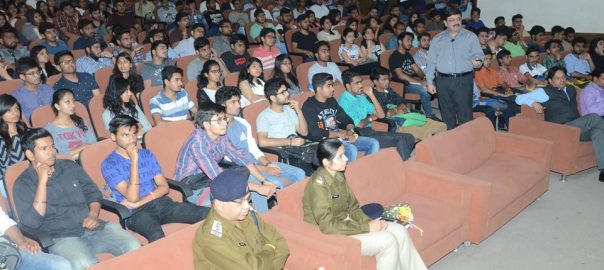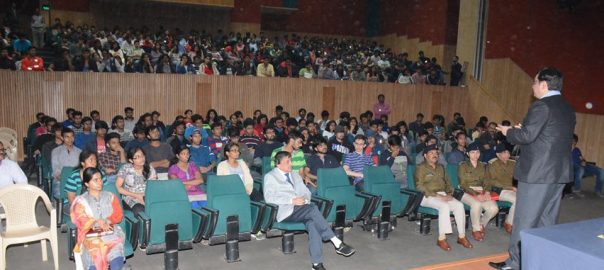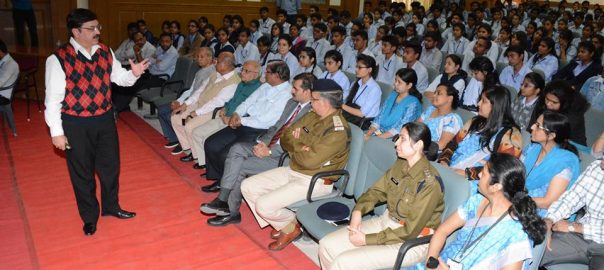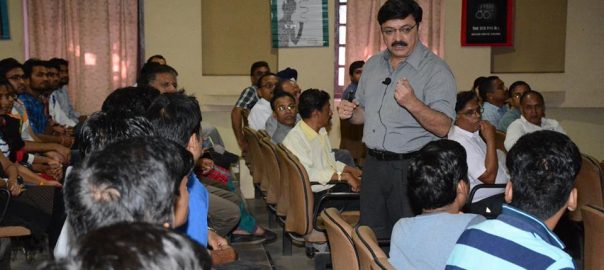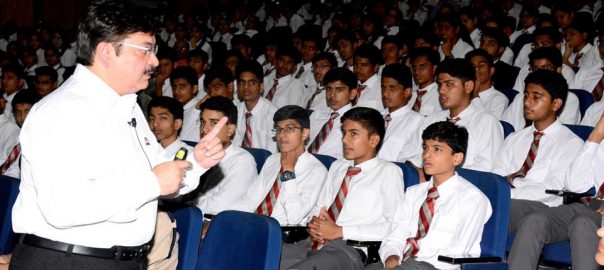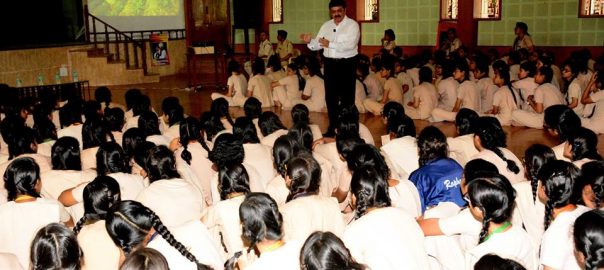7th sessions under the Red Poppy Campaign
7th sessions under the Red Poppy Campaign to spread awareness against drug abuse among students. This was organized for the students of Prestige Institute of Management & Research Indore on 27th FebruaryRead More…

 The strict enforcement of law, cooperation among all law enforcement agencies against drug production and trafficking cannot be overstated. These traditional approaches to the drug problem will remain essential, but they cannot by themselves fully address a challenge that is inherently tied to the public health of the people.
The strict enforcement of law, cooperation among all law enforcement agencies against drug production and trafficking cannot be overstated. These traditional approaches to the drug problem will remain essential, but they cannot by themselves fully address a challenge that is inherently tied to the public health of the people.